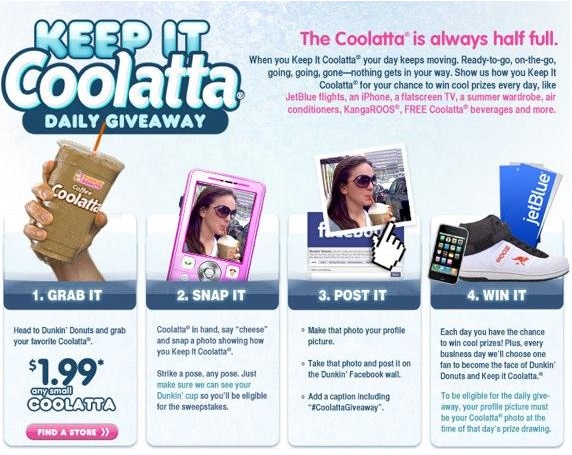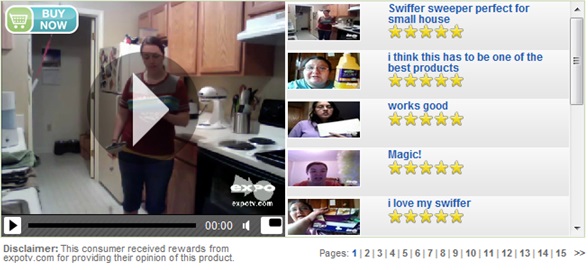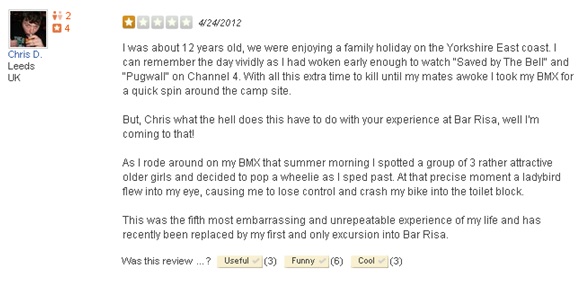This guest post was written by Chris Dyson, a freelance writer who specializes in SEO, social media marketing, and more. The author's opinions are entirely his own and may not reflect the views of Evolve Creative Group.
As every content marketer knows, a steady stream of fresh, unique content keeps both search engines and site users coming back for more. As every content marketer also knows, creating fresh unique content is often very hard to do.
Enter user-generated content.
User-generated content allows you to keep your site fresh without draining your own resources. And with fresh, unique content comes fresh, unique visitors. Take a look at the graph below. A clear spike in traffic is not uncommon after employing a User-Generated Content (UGC) strategy.

What Is UGC
Whenever a site visitor contributes to a blog (such as this guest post), comments on a forum or blog post, or even submits a review, that content becomes UGC. Really, any type of content format obtained from your customers can be considered UGC. The definition is quite broad, to say the least.
Benefits of UGC
Contributions from customers become links in a chain as other users respond to and discuss UGC on your site. This process offers up multiple benefits for content-weary bloggers and site administrators:
- Contributors are more likely to become repeat visitors – if only to check up on responses to their entries.
- An automatic-engagement response kicks in for the user contributing to a site.
- User content can garner just as much attention from search engines as any other form of content.
- A sense of community develops as contributors connect with one another.
As old-school marketing and advertising strategies give way to the “social approach” of the online world, companies will have to learn to let their customers and site visitors play an integral part in their marketing approach. The use of blog platforms or social media as a marketing medium provides the perfect environment for generating user content.
An Example of UGC
A great example of UGC can be found with Dunkin Donuts’ “Keep It Coolatta” campaign. This campaign ran a few years ago on Facebook. All you had to do was buy a Coolatta and update your Facebook profile picture to be entered in a drawing to win prizes.

It worked because it was easy and fun. Dunkin Donuts got some free content, and fans got some free gifts. Everyone won!
How to Obtain More UGC
Developing a strategy for UGC starts with knowing what users like, what they’re interested in, and casting these factors in a light that relates to your company’s message or brand. Content areas, such as lifestyle tips or related educational topics, can create a more user-friendly atmosphere that makes it easier for site visitors to contribute.
While a company may have a target marketing message in mind, branching out into other topic areas can create the bridge needed to encourage UGC. This approach may also appeal to a wider audience since lifestyle and educational topics can spark the interest of even the most casual browser.
It’s also important to allow time for visitors to get a feel for the site while providing simple incentives to participate or contribute. Setting up social networking buttons is one example of a simple incentive. Ending blog entries with easy questions and encouraging visitors to leave answers in the comment section is another.
Using Incentives to Obtain More UGC
In the “brick and mortar” marketing world, offering incentives can further drive user engagement. The same strategy works in the online channel. Keep in mind that going the incentive route means you’ll have a legal obligation to disclose the UGC was incentive-based.

Notice the disclaimer below the video? Very clever.
Catering to Different User Types
Over time, a site will attract different types of users that may or may not contribute content on a reliable basis.
As a general rule, user types fall into three basic categories:
- Browsers
- Casual Contributors
- Power Users
In terms of content generation, these groups vary considerably with power users generating as much as 90 percent of all user content. Casual contributors produce nine percent, while browsers contribute maybe one percent. Obviously, the power user is the group site administrators want to cater to, though casual contributors and browsers will become more important as the site grows.
Each user-type has different motivations for contributing to a site. Power users have their own incentives, some of which include:
- Site recognition
- Being a part of a site
- Meeting like-minded users
- Promotion for their businesses
Encouraging contributions from power users entails tapping into their incentives, such as offering social status rewards and recognition on a regular basis.
A great example of a company engaging its power users is Yelp. The company offers an Elite Membership incentive for users who regularly contribute funny and/or informative reviews. Elite Membership entitles members to gain access to exclusive events featuring free food, drinks and entertainment.

Casual contributors participate out of a need to voice their opinion on a particular product or topic issue. Ultimately, it’s more important to make it as easy as possible for this group to contribute rather than try to cater to their ongoing presence.
When it comes to browsers, their sheer number makes them an important group. While they may never contribute content to the site, they become an important group when it comes to site-monetization efforts. Making existing content as interesting and interactive as possible can go a long way towards keeping them connected with a site.
Ultimately, the type of site and user will determine how to best elicit UGC. In the long run, the better you know your audience, the easier it will be to draw users into the open. The takeaway? If you’re looking for a way to grow your brand’s presence online and create a constant stream of interesting, fresh site content, make sure you look into UGC.
Chris Dyson is an online marketing consultant and affiliate marketer.

